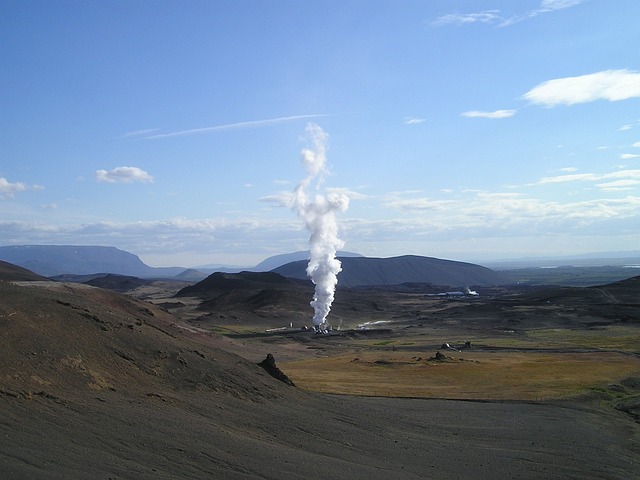It is clear how the European energy market might face multiple challenges in the future. Under such a scenario, geothermal energy can be a major option for it to become less dependent on imported fossil fuels. The particular is already in use worldwide, including different parts of Europe! All because of how clean it is, besides being constant & renewable. Even the European Commission actively funds research and development on EGS (Enhanced Geothermal Systems).
Moreover, in the era of rising demand for critical metals important for clean technologies, the ingenious integration between geothermal energy and metal extraction proves to be a paradigm shift in utilizing sustainable resources. Hence, the researchers are keen to develop a comprehensive review, unraveling the synergistic potential of geothermal energy systems and critical metal extraction protocol combined. Thereby altering a dual equation of energy crisis and resource scarcity into an exclusive opportunity for a circular economy.
Geothermal Energy Overview
The term ‘geothermal’ is derived from two words – Geo (earth) & thermal (heat). These energy resources are naturally existing hot water reservoirs or are human-made and located at different depths and temperatures below the Earth’s surface.

If you are wondering what makes it a long-standing essential in the industry, then take a look at the points below:
- Baseload – A geothermal power plant is capable of helping with consistent electricity production. These can function 24/7, regardless of the weather conditions.
- Renewable – The main source of geothermal power is constant heat flow from the Earth’s interior, which will last billions of years.
- Small Footprint – If looking for compact energy resources, geothermal power plants and heat pumps are the one. Geothermal power plants consume less land per gigawatt-hour compared to solar photovoltaic and comparable-capacity coal-based power stations.
- Domestic – Countries can easily establish and cultivate thermal power within their premises without continuously importing fuels and new technologies.
- Nature Friendly – Geothermal energy-producing plants are naturally sustainable, emitting no greenhouse gasses. Their emission rates are 4 times less than solar PV and 6 to 20 times less than natural gas.
Geothermal Energy And Its Potential For Critical Metal Extraction
Based on pre-existing extraction methodologies and meticulous analysis of geothermal technologies, a research team tried to establish a coherent framework – merging energy production and environmental stewardship. Also, the paper elucidates the environmental and economic advantages of such a multifaceted approach over empirical data and detailed case studies.
As a comprehensive review, the paper unravels the harmonious potential of combining geothermal systems and critical metal extraction. Thus transforming resource scarcity and the dual energy crisis into an opportunity for developing a circular economy.
The researchers concluded how combined heat along with mineral production technology has the potential to unravel unexplored resources, enhancing the supply of pre-existing resources. Also, the study inferred the potential of geothermal energy regarding energy production and sustainable mineral extraction. Elaborating how these are in line with Sustainable Development Goal 7! That aims to promise access to reliable, affordable, sustainable, and contemporary energy for all.
Geothermal Power Tapping Into The Unknown
Combined heat & mineral production technology has the potential to tap an unexplored source, enhancing the supply of formerly not known resources. Overall, the utilization of geothermal power has unwound beyond its focus on energy production. Thus confining into a wider range of applications on critical metal extraction, including sustainable production of crucial raw materials.

These features also add to the cost-effectiveness of geothermal energy, making it a weather-independent source of mineral resources and renewable energy simultaneously. Based on technological innovations, the geothermal sector can produce critical minerals with a more equitable geographical distribution of resources.
However, this field has multi-dimensional challenges, confirming that there is no one-size adequate for all solutions, nor is there any critical parameter ensuring complete compatibility. Each application of geothermal energy has to be assessed on a case-by-case basis, including the manner of thermal power utilization. Further, adding another coating of complexness is the geopolitical extent of resource availability. And notably, the EU’s heavy dependency on international markets for crucial metals. This dependency significantly weakens the supply chain, posing conceivable lapses in advancing to achieve the UN’s Goal 7 of Sustainable Development (Affordable & Clean Energy).



